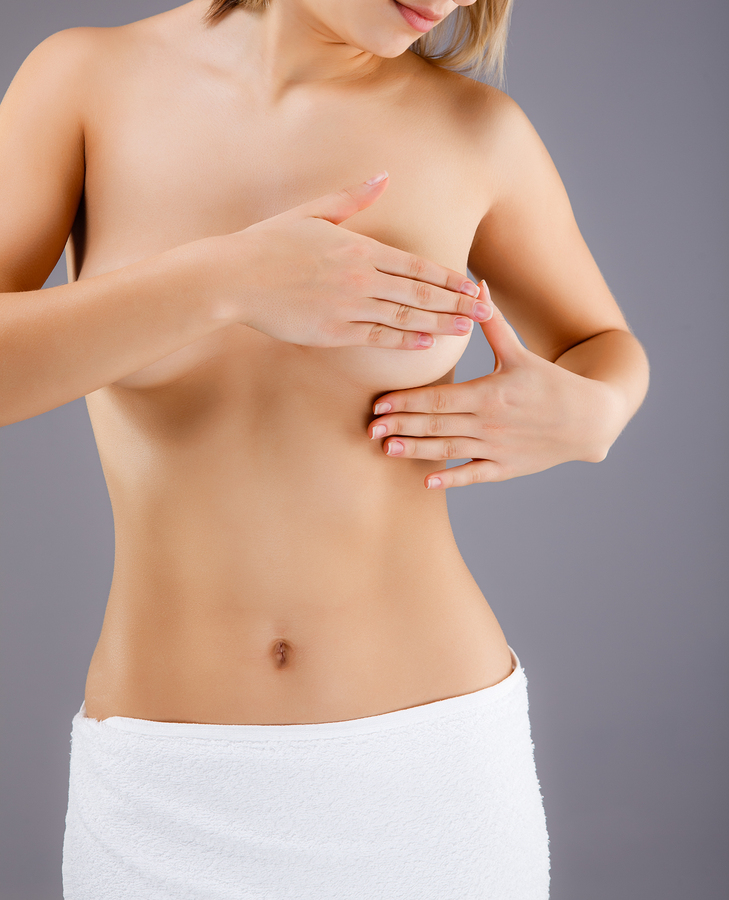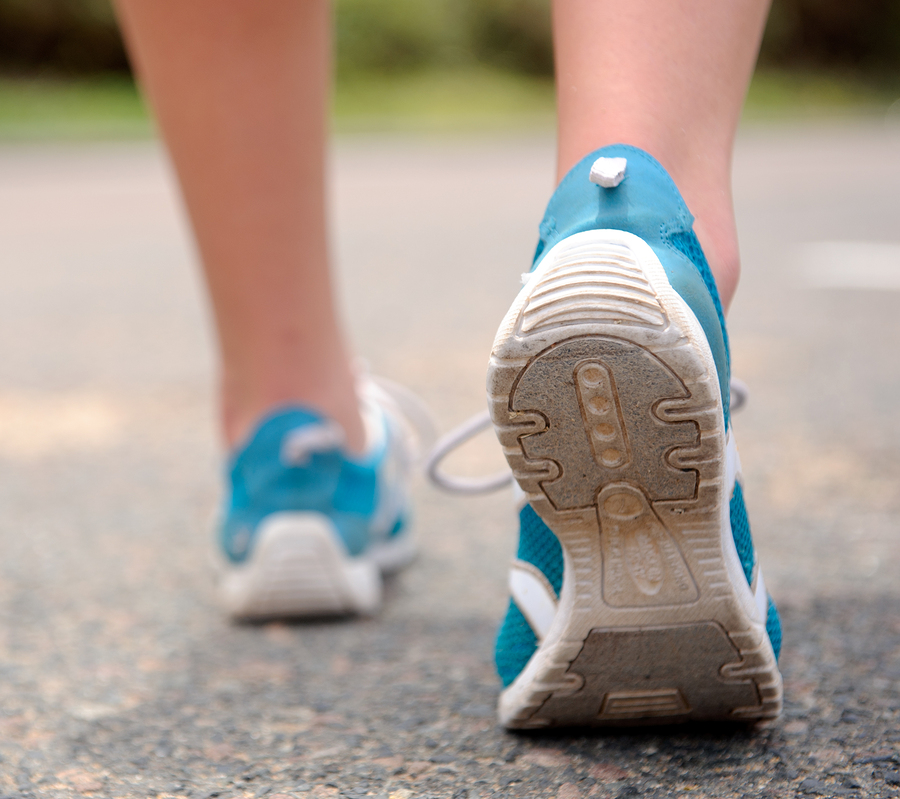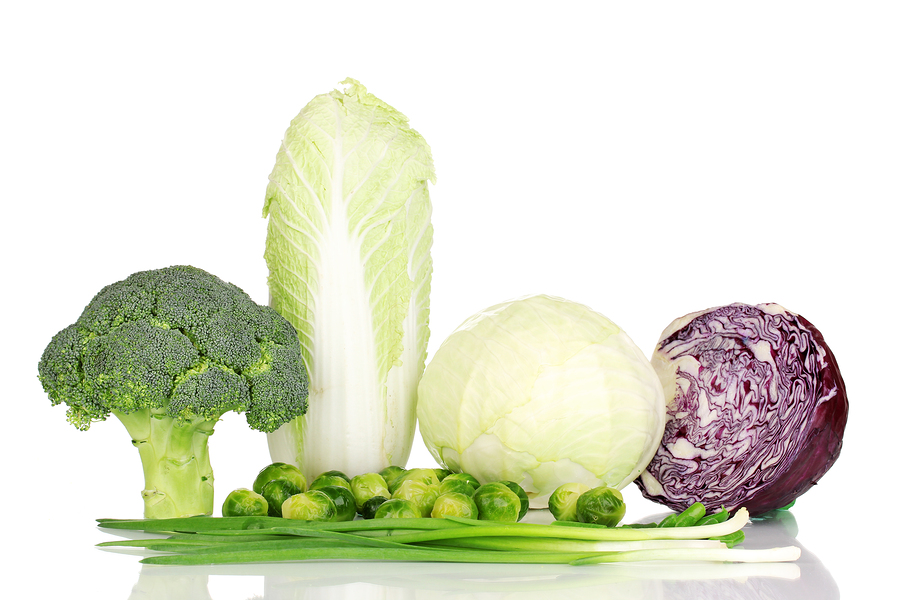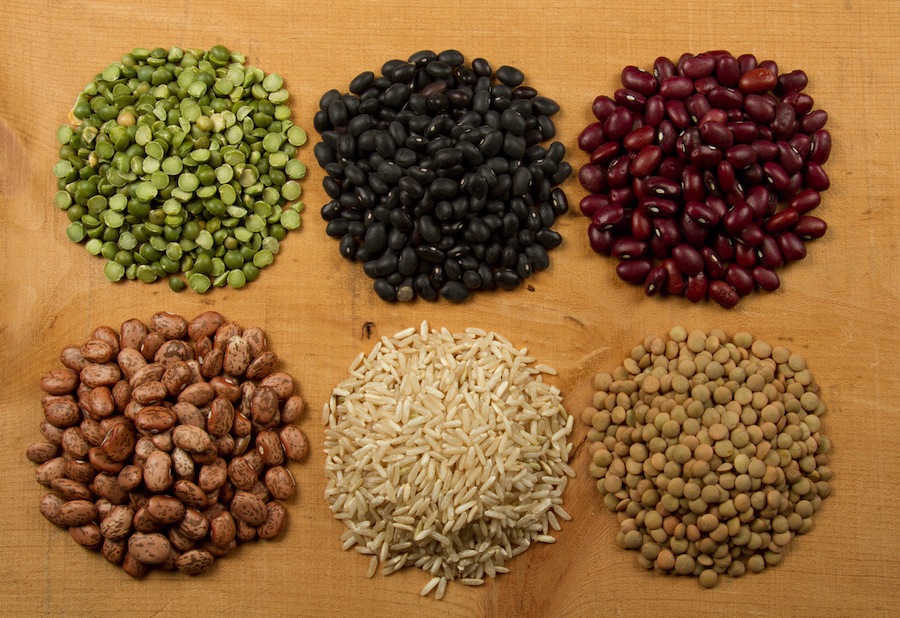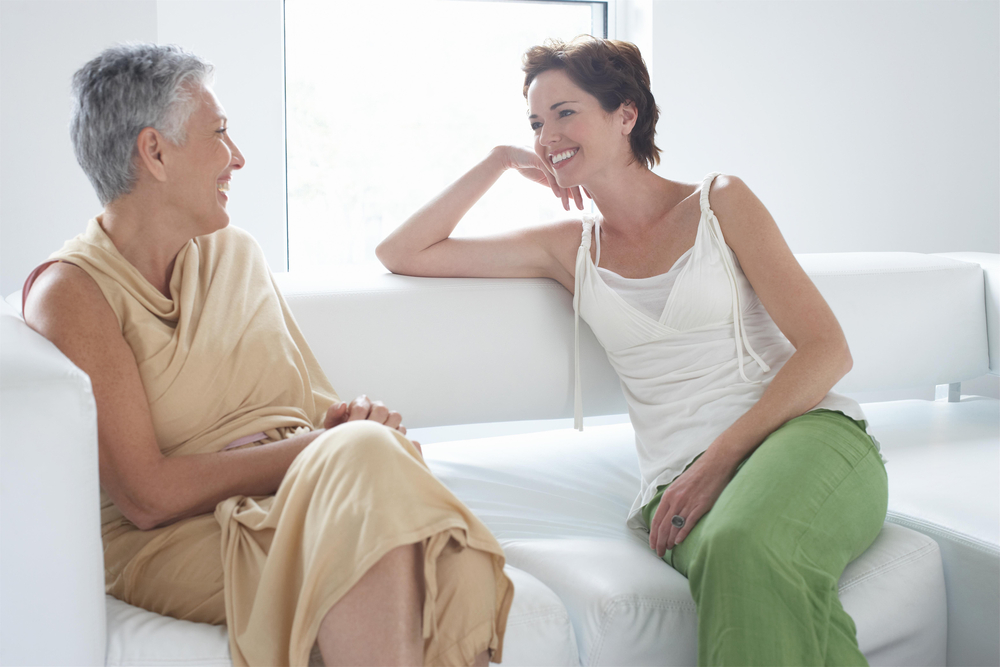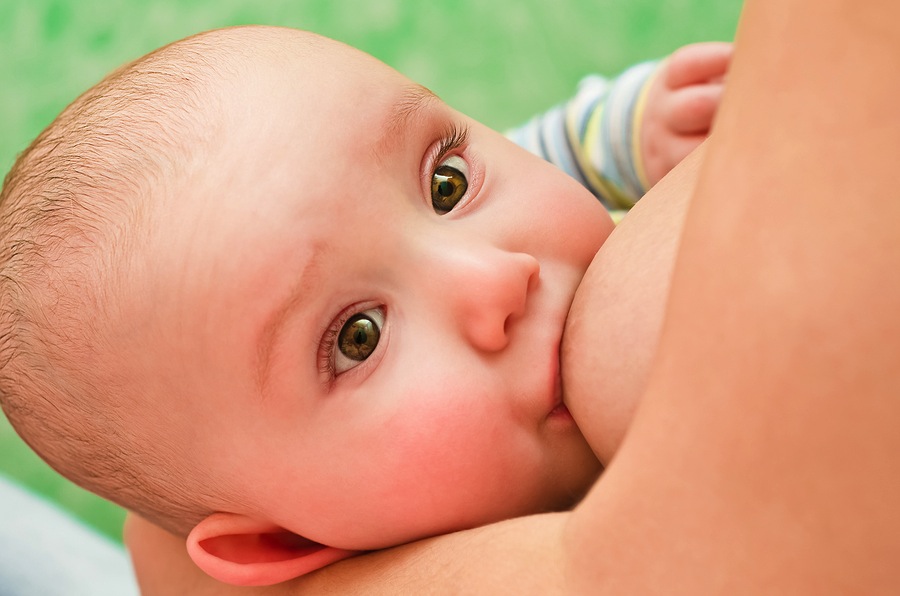There are some things you can’t change about your risk of breast cancer, such as your age – the older your are the higher your risk – or your family history. But researchers know more than ever about the lifestyle tweaks that can help prevent it
1. CHECK ON THE GIRLS Try and examine your breasts at least once a month, says Katherine Woods, research information officer at charity Breast Cancer Campaign. ‘If you can manage to check at a couple of different times of the month, even better as you might notice something in week one you didn’t have in week three as breasts change and a symptom might be concealed at a certain point in the month’.
So what are we looking for? A new survey from charity Breakthrough Breast Cancer found that a staggering 94 per cent of women couldn’t name five common signs and symptoms of breast cancer. ‘It’s not only about lumps,’ says Katerine Woods. ‘Along with these, also look for pain that doesn’t go away, a swelling in a certain area of the breast, any kind of rash on the skin surface, discharge, bleeding or breasts suddenly becoming different sizes and shapes from each other.’ Woods also advises checking up to your armpits and collarbone. ‘This is where the lymph nodes are and if a cancer has spread there you might feel a lump in those areas.’ You can do a Breast Awarness Quiz and sign up to breast check reminders here.
2. WALK EVERY DAY A new report published last week found that women who walked for an hour daily cut their breast cancer risk by 14 per cent. ‘We’re still not sure about the exact amount and type of exercise that is likely to decrease a woman’s risk,’ says Woods. ‘But we do know inactivity and not exercise could raise breast cancer risk by around three per cent’.
What is more significant she explains is the role exercise plays in helping keep weight in check. ‘A weight loss of three kilograms is associated with a 25-40 per cent reduction of breast cancer risk compared with women who gained weight as they got tolder.’

4. EAT SOME BROCCOLI…or sprouts or cabbage. Although the evidence is not yet conclusive, these vegetables are high in a natural chemical known as sulforophane which is thought to inhibit the growth of tumours by boosting protecting enzymes in breast tissue.
Meanwhile, if you like olive oil, fish, tomatoes and other raw vegetables you’re on the right track. A study in June this year found that eating a Mediterranean diet (without the alcohol bit) could lower breast cancer risk. According to Woods, there is some evidence that a low-fat diet may lower risk but the evidence is still inconclusive.
5. GET THE F-FACTOR Some studies suggest that eating fibre filled foods such as lentils, beans and pulses could lower risk. British women eat about 16 grams of fibre a day but studies suggest if they increased that to 25 grams, it could help lower their breast cancer risk.
It’s believed the increased fibre could speed up the removal of ostrogens from the body. Oestrogen is a female sex hormone that stimulates some breast cancers to grow by triggering particular proteins (receptors) in the cancer cells. Your risk of breast cancer may increase as your exposure to this hormone increases. This is likely to be higher if you started your periods before the age of 11, had a menopause after 55, take the contraceptive Pill or had your first child after 30.
6. TALK TO YOUR MUM One in five women who develop breast cancer have a family history. ‘If anyone has any concerns about having a family history of breast or other cancers, go to your GP with as much info as you can find about your family history, who developed breast or ovarian cancer and the age at which they were diagnosed,’ says Woods.
‘Your risk relies on your own age, the number of relatives you have had that developed breast cancer, the age at which they developed it and – if they died – the age at which they died’.
As a general guide if you have a close relative – mother, daughter or sister on your paternal or maternal side – diagnosed with breast cancer under 40 or two close relatives diagnosed with breast cancer at any age talk to your doctor who will refer you on for genetic counselling as you may be entitled to genetic testing. There are two genetic mutations that are currently identified for breast cancer: BRAC1 and BRAC2. If you test positive for these, you may be offered a preventative mastectomy which will lower your risk from 87 per cent (if you have the mutation) to six per cent, the same as the general population.
7. BREASTFEED ‘It’s not clear why but we do know that breastfeeding lowers the risk of breast cancer,’ says Woods. ‘The theory is that it causes cells of the breasts and milk ducts to mature in a way that makes them less likely to have a mutation.’ The more times you have a pregnancy and the longer you breastfeed, the lower your risk, she explains. ‘This might be a reason for increased rates of breast cancer in the developed world,’ says Woods. ‘People in developing countries have less breast cancer, have more children and breastfeed much more.’ Moreover, research by Breast cancer campaign found that the earlier a woman has children, the lower her breast cancer risk which could be because during pregnancy the body gets a break from hormones such as oestrogen that contribute to the growth of some tumours.
RELATED ‘The day I found a lump’
RELATED No more breast cancer by 2030?
RELATED 10 BEST breast cancer awareness beauty buys
Like this article? Sign up to our newsletter to get more articles like this delivered straight to your inbox.



